
Should you eat plant protein or animal protein?
The Nutritional Value of Plant Protein and Animal Protein
Protein is a fundamental component of all living organisms. It is involved in the structure of every cell and is the main building block of organs and body parts. Certain specific proteins play particularly important roles as they are part of enzymes, hormones, antibodies, and other compounds.
Animal protein contains many essential amino acids in a balanced proportion, giving it high biological value. Foods rich in animal protein include meat, eggs, fish, milk, shrimp, crab, frogs, and other seafood.
However, animal foods often contain a high amount of cholesterol, and consuming excess intermediate metabolic products can be harmful to the body.
On the other hand, plant protein often lacks or has lower levels of essential amino acids, or has them in an imbalanced ratio, especially methionine, tryptophan, leucine, and isoleucine. However, plant protein generally has a good amount of lysine. Foods rich in plant protein, like beans, tend to have little to no cholesterol.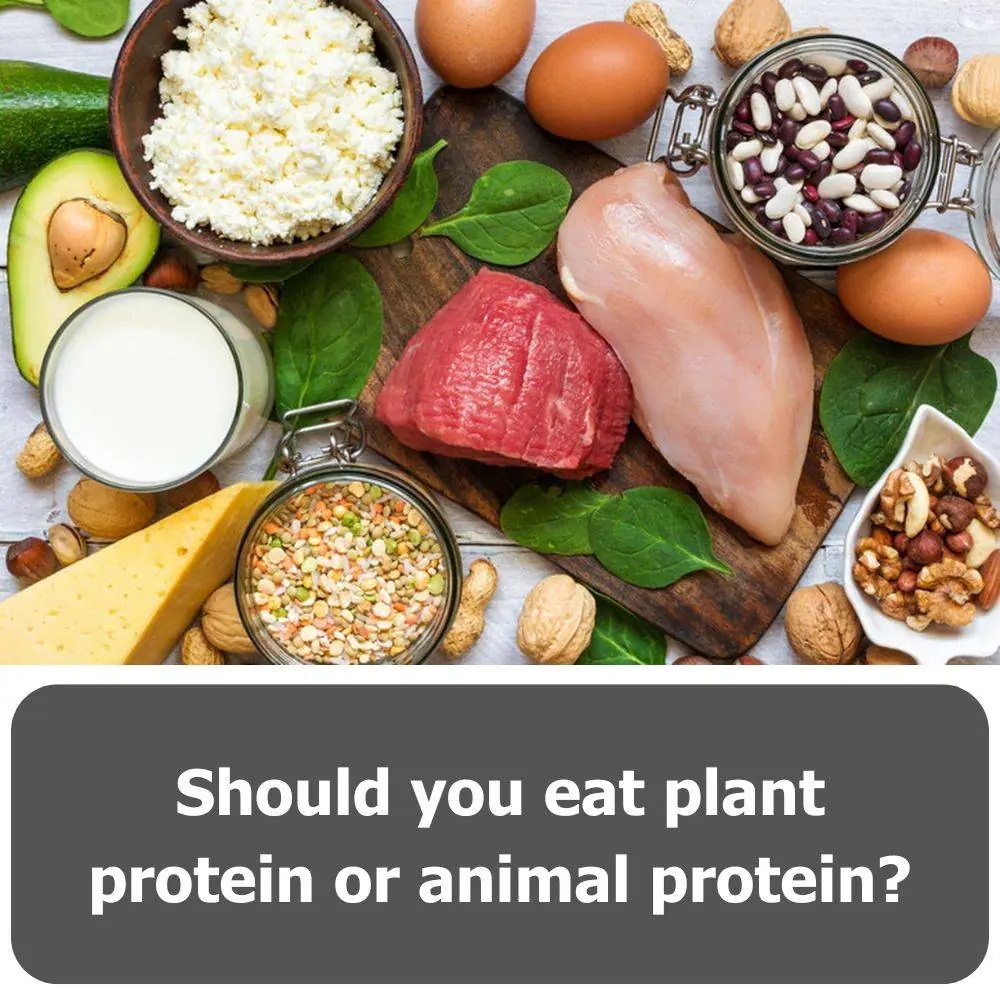
According to the National Institute of Nutrition (Ministry of Health), plant protein (from beans, cereals, tubers, etc.) has a lower biological value than animal protein because it lacks one or more essential amino acids or has an imbalanced amino acid composition.
However, animal protein (from meat, fish, eggs, seafood, etc.) is not in its pure form but is typically conjugated with other compounds like nucleoproteins (complexes of proteins and fats such as phospholipids, cholesterol, etc.). Therefore, its metabolism can produce harmful products such as urea, uric acid, nitrates, and cholesterol.
If uric acid levels are too high in the blood, the risk of gout increases. If nitrite and nitrate levels are high, they can combine with free radicals in the body to form nitrosamines, which are carcinogenic.
If cholesterol levels are too high, it can lead to arteriosclerosis, increasing the risk of serious conditions like hypertension, heart attacks, and strokes, which can be fatal.
Therefore, a balanced diet with a mix of animal and plant proteins can reduce the production of harmful factors and enhance the role of protein.
How Should Animal and Plant Proteins Be Combined?
In the past, many sources suggested that animal protein should account for 50-60% of the total protein intake in the diet. Recently, many nutritionists believe that for adults, animal protein should account for only 25-30% of the total protein intake, which is more appropriate.
For children, this ratio should be higher (animal protein should make up about 50-70% of total protein intake).
In fact, plant proteins are quite diverse, with many plant-based foods containing a high percentage of protein. For example, beef contains 18g of protein per 100g, lean pork has 19g per 100g, carp has 17g per 100g, and chicken eggs have 16g per 100g.
However, in beans, protein content can reach 21-25g per 100g, and in soybeans, it can be as high as 35-40g per 100g.
Nevertheless, the biological value of proteins in beans, sesame, peanuts, and grains is lower than that of meat, fish, eggs, shrimp, and crabs, resulting in less efficient absorption.
Therefore, combining both animal and plant protein sources in the diet will help improve both the quantity and quality of protein intake. By combining their amino acid compositions, it contributes to a balanced and harmonious diet.
Some Valuable Protein Sources
Fish is a food with high biological value and offers several advantages over meat. It is an excellent source of protein, containing all essential amino acids. Fish oil is rich in vitamins A and D and contains essential unsaturated fatty acids with low cholesterol. Particularly, marine fish is rich in important minerals.
Fish meat is easily digested and assimilated due to its evenly distributed connective tissue, making it quick to cook and tender. This facilitates digestion and absorption.
Therefore, it is advisable to reduce meat consumption and increase fish intake in the diet. It is recommended to eat fish 2-3 times a week.
Shrimp, crabs, and other seafood are also good sources of animal protein, containing many essential amino acids, important vitamins (A, D, B-group), and trace elements necessary for growth (iodine, copper, zinc). Shrimp and crabs are also rich in natural calcium.
Dry beans, especially soybeans, contain a high amount of protein. Beans are rich in B vitamins, P, PP, as well as important minerals and trace elements.
The protein in beans is particularly rich in lysine, an essential amino acid for growth. The fat in beans is typically rich in essential unsaturated fatty acids and contains no cholesterol. Beans are also a valuable source of folic acid and vitamin E.
News in the same category


Mute Here are five unusual foot symptoms
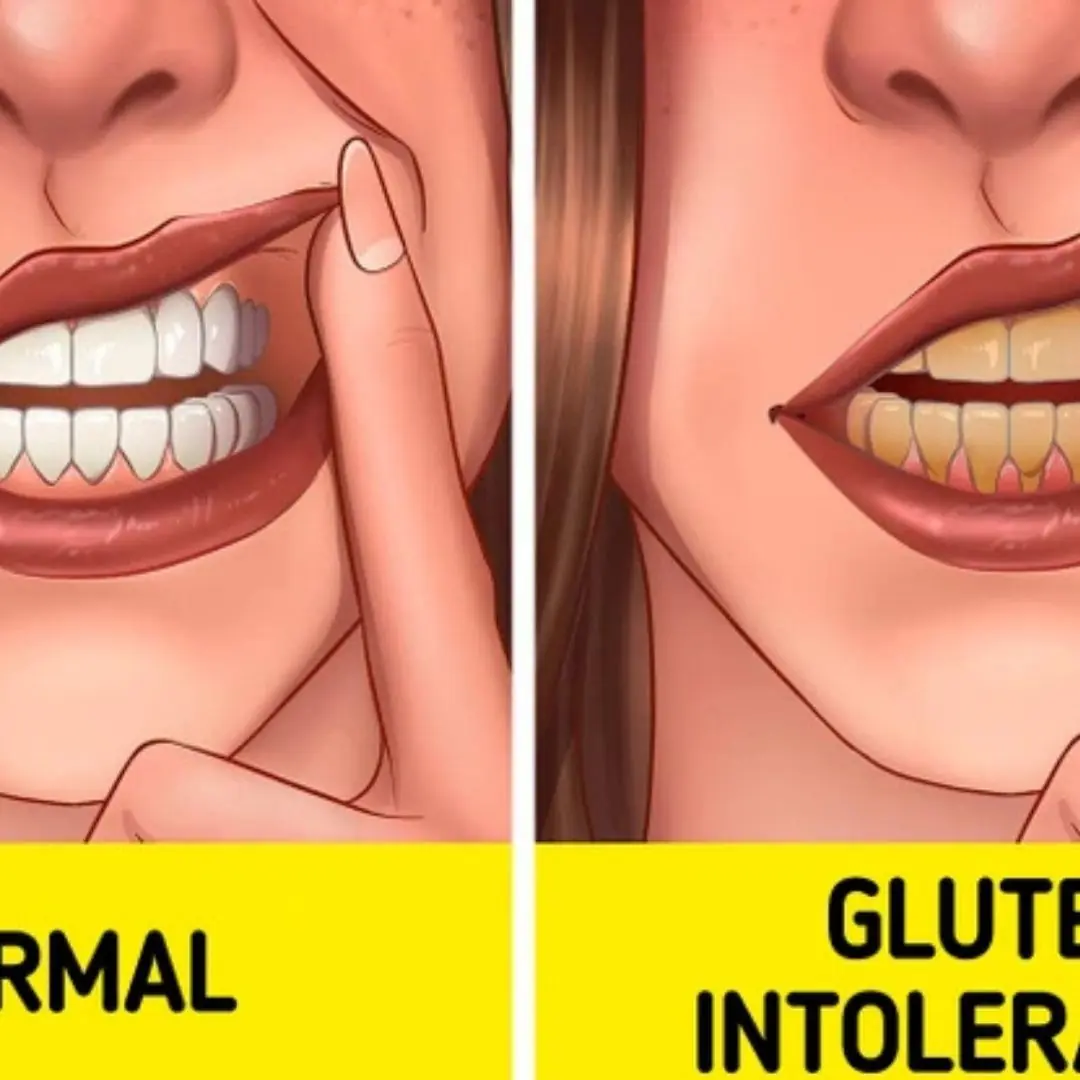
11 Sneaky Signs You Might Actually Be Gluten Intolerant

How Often Do You Really Need to Shower, According to Science

Doctors warn that if you have these signs on your nails, you need to be careful with 5 types of diseases. You should see a doctor as soon as possible.

Understanding the Signals: What Your Body Is Trying to Tell You

Beware Of Diabetes If You Frequently Experience These 5 Strange Symptoms

4 Fruits Known as the “Enemies” of Can.cer

Doctors say there are 5 symptoms after meals

11 Signs Your Body Is Giving You Important Alerts
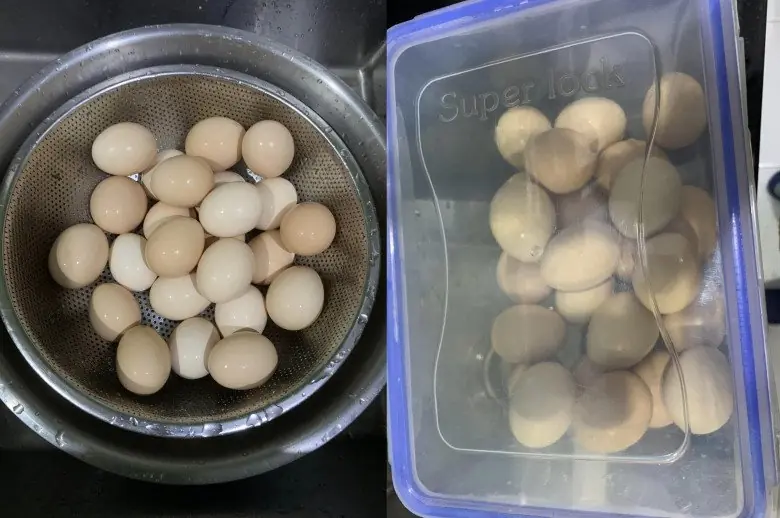
5 Common Refrigerator Mistakes That Multiply Bacteria by 10 Times

The hidden power of roses: Beyond beauty and fragrance

American Sweetgum (Liquidambar styraciflua): The Forgotten Healing Tree
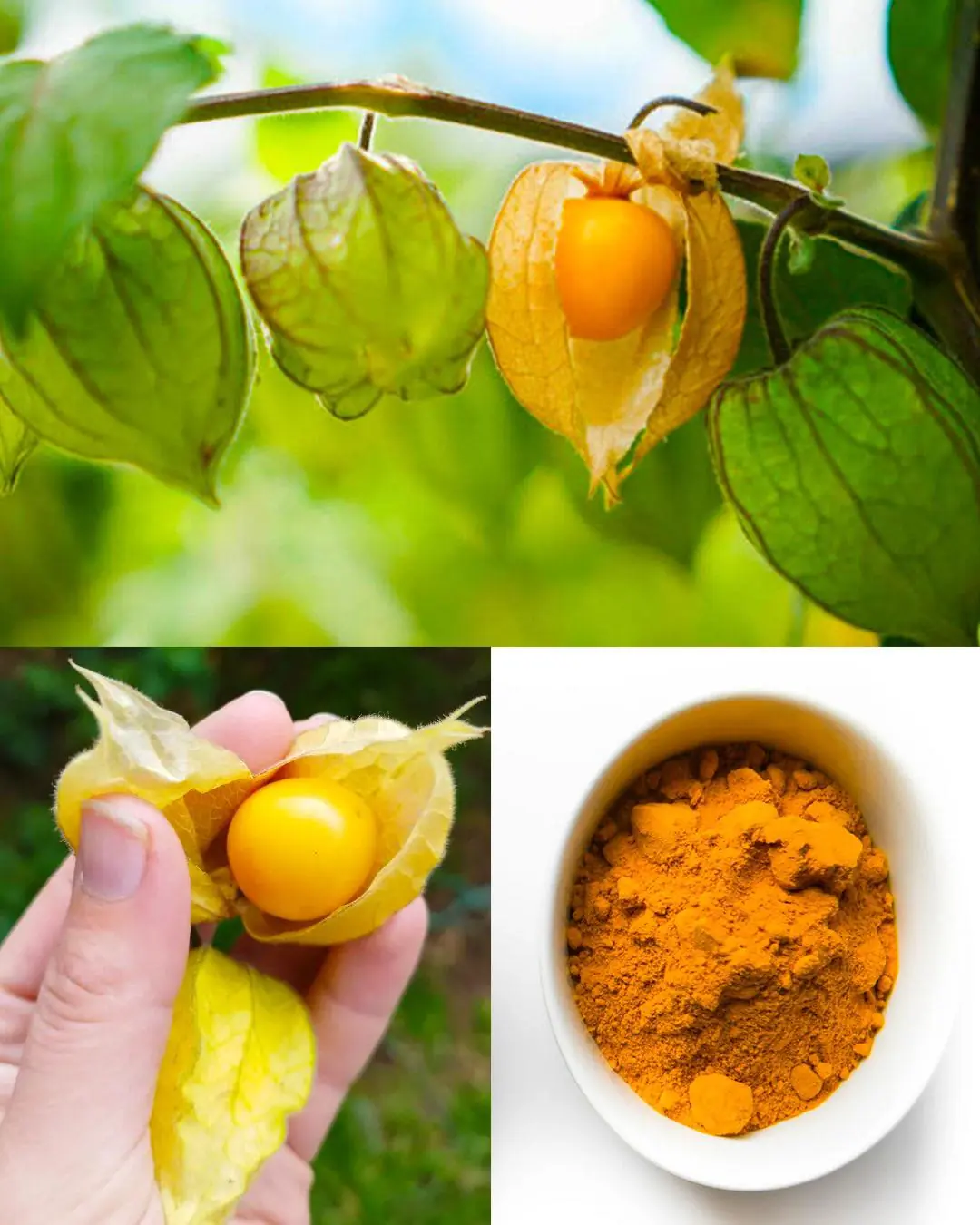
Goldenberry power: 20 benefits of Physalis peruviana and how to use it at home

You’ve probably heard of cloves but you never knew the power of clove water

4 Places You Should Never Keep Your Mobile Phone — It Can Seriously Harm Your Health
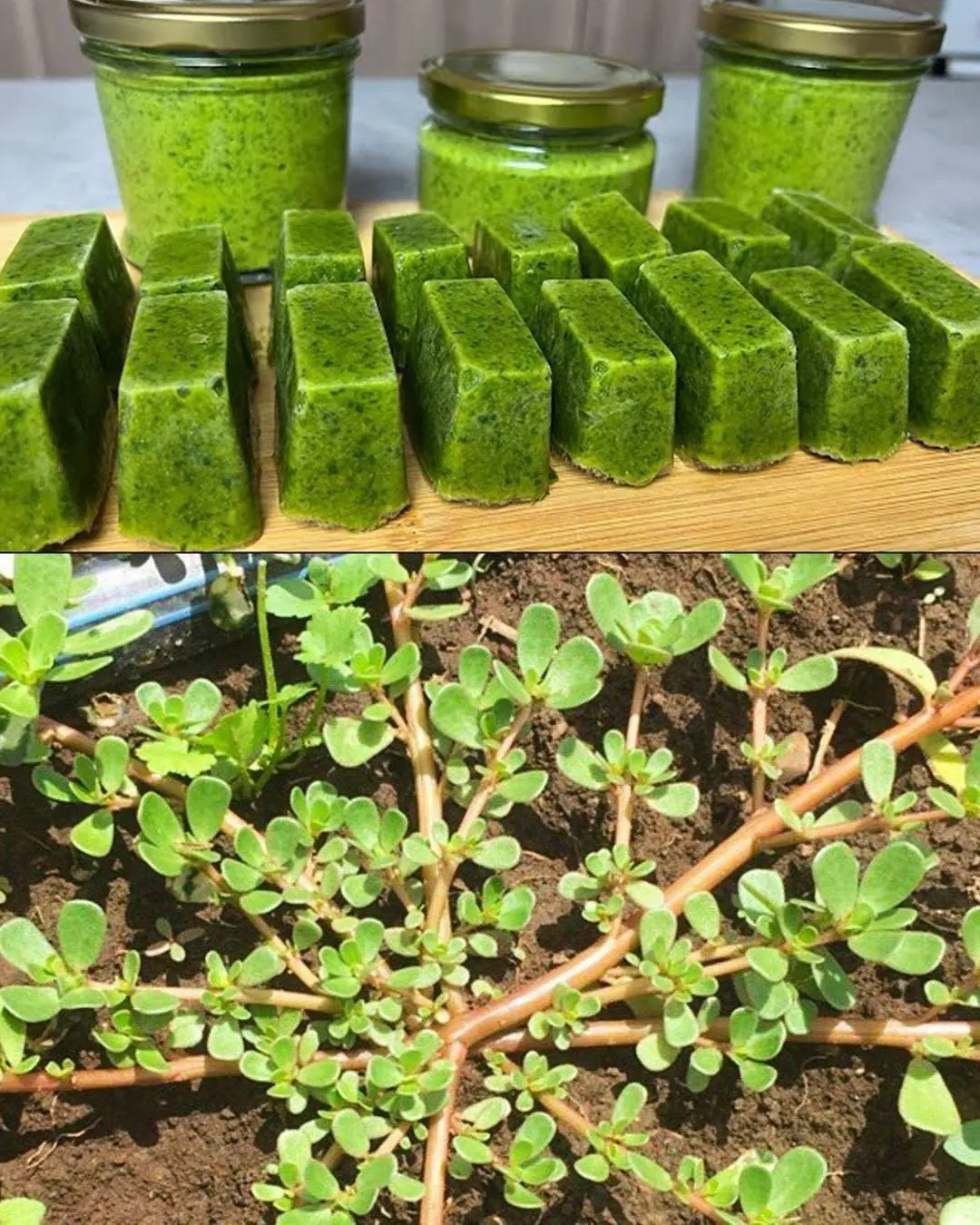
11 Little-Known Secrets of Purslane: A Wonder Plant in Disguise

If you see this phenomenon in your feet, go see a doctor for diabetes.
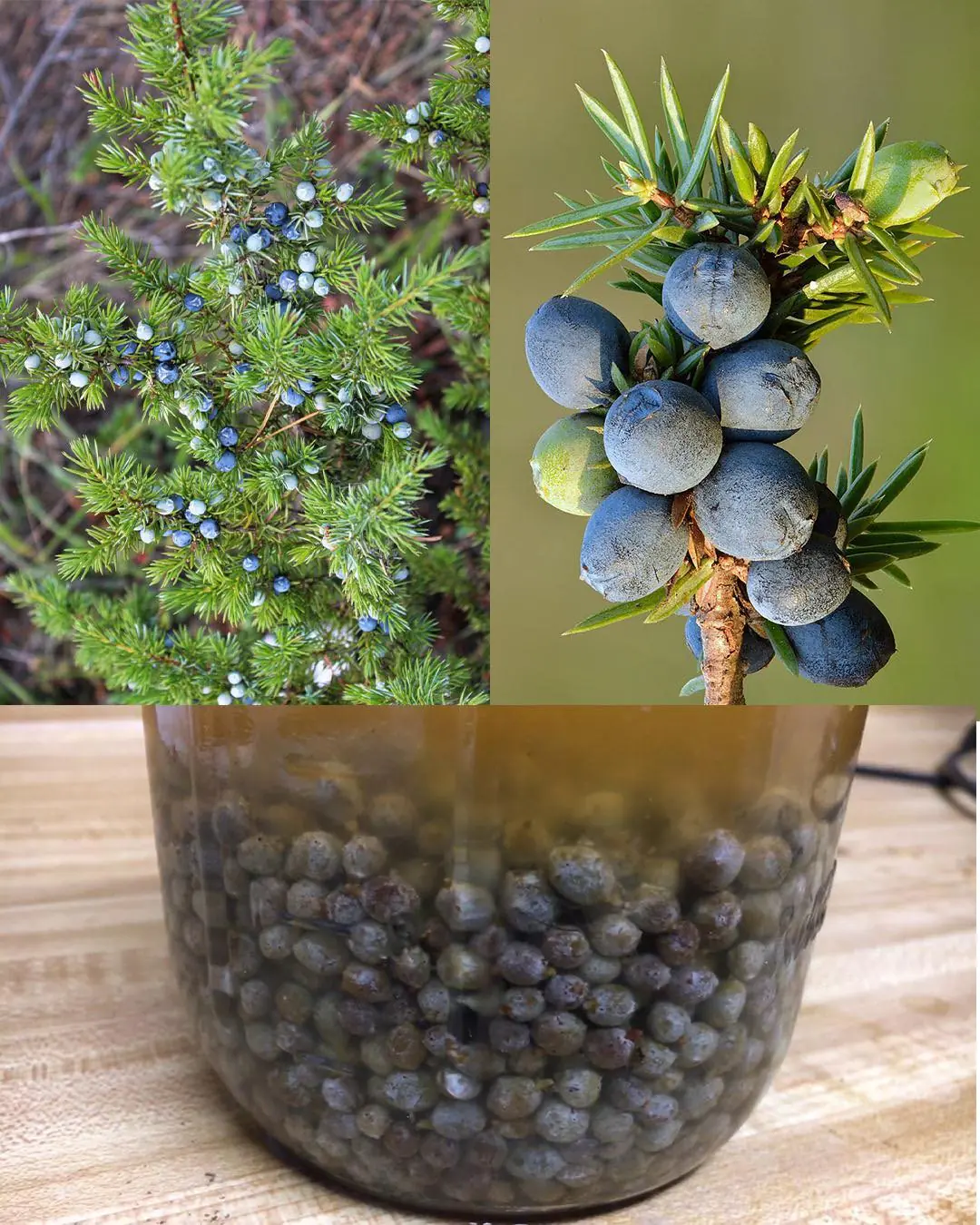
Juniper: 20 remarkable benefits and how to use it

4 Health Problems Your Feet Could Be Telling You Through Sock Marks
News Post
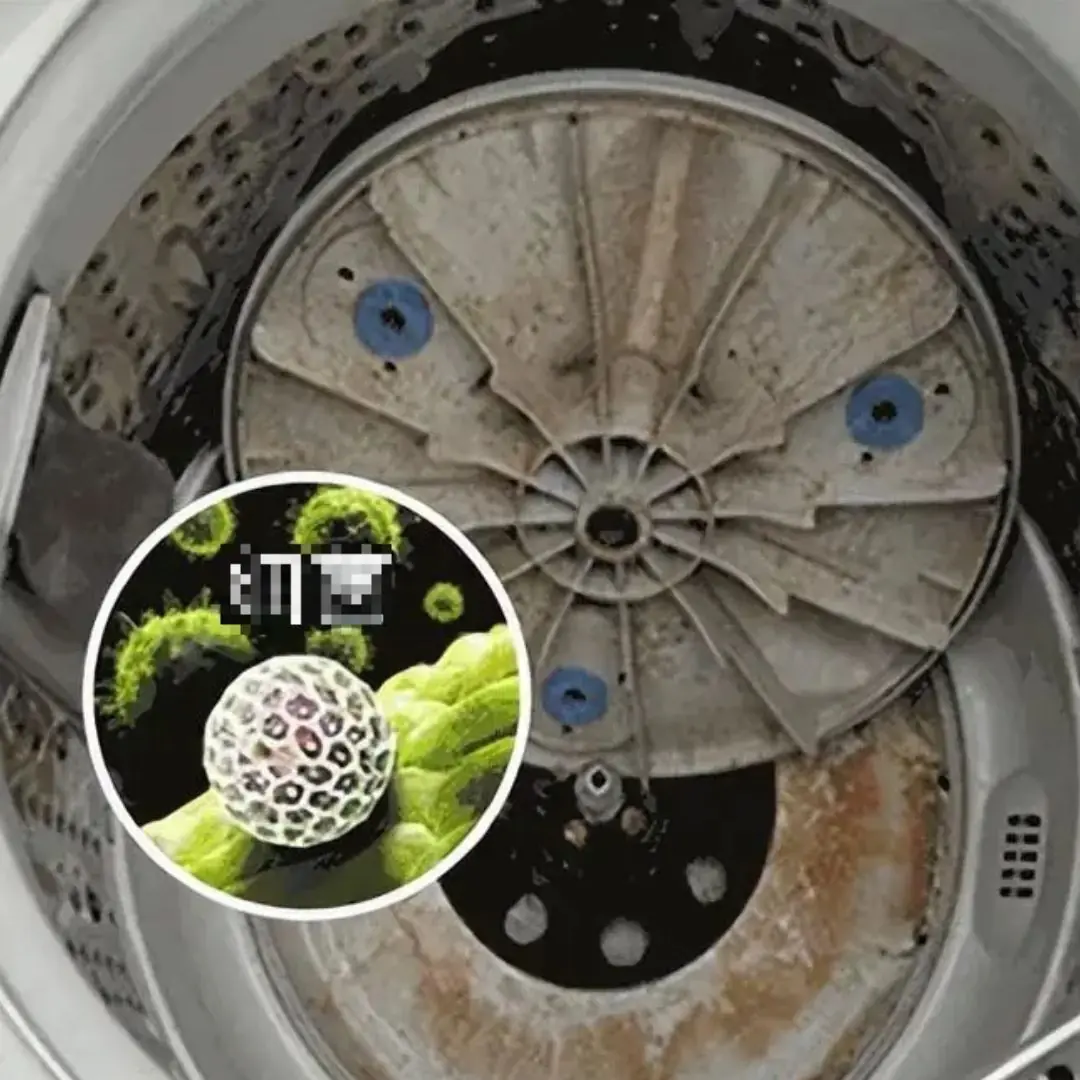
There’s one household item most people forget to clean, yet it can quickly turn into a hotspot for bacteria and illness

Biker Found the Missing Girl Everyone Else Had Given Up Looking

The Pregnancies No One Could Explain
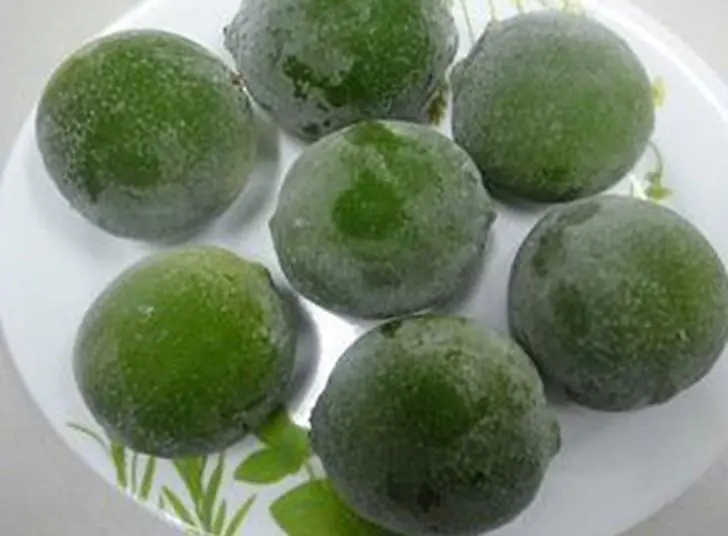
How to Freeze Lemons for Maximum Health Benefits

Ripe Bananas Soaked in This Ingredient Are Extremely Good

Condolences to those who are using these 4 types of electric kettles

Housewives need to pay attention to this

Be sure to unplug to reduce electricity bill

Mute Here are five unusual foot symptoms

5 Common Mistakes People Make When Eating Eggs for Breakfast

4 types of fish covered with "para.sites"!

Why are the toilets on the train connected directly to the tracks?

11 Sneaky Signs You Might Actually Be Gluten Intolerant

The 3 most toxic pork parts in the market, no matter how cheap, don't buy them or you'll get sick

Unlock the secret to choosing perfectly tender, flavorful eggplants — fresh, safe, and free from preservatives!

How Often Do You Really Need to Shower, According to Science

Doctors warn that if you have these signs on your nails, you need to be careful with 5 types of diseases. You should see a doctor as soon as possible.

Understanding the Signals: What Your Body Is Trying to Tell You

My Father’s Last Ride: The Day I Realized I Was Wrong About Everything
